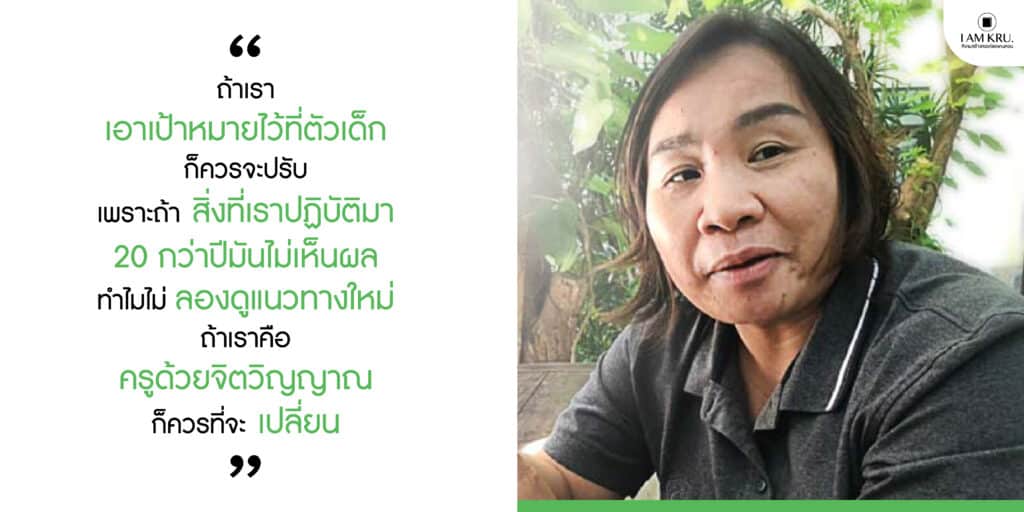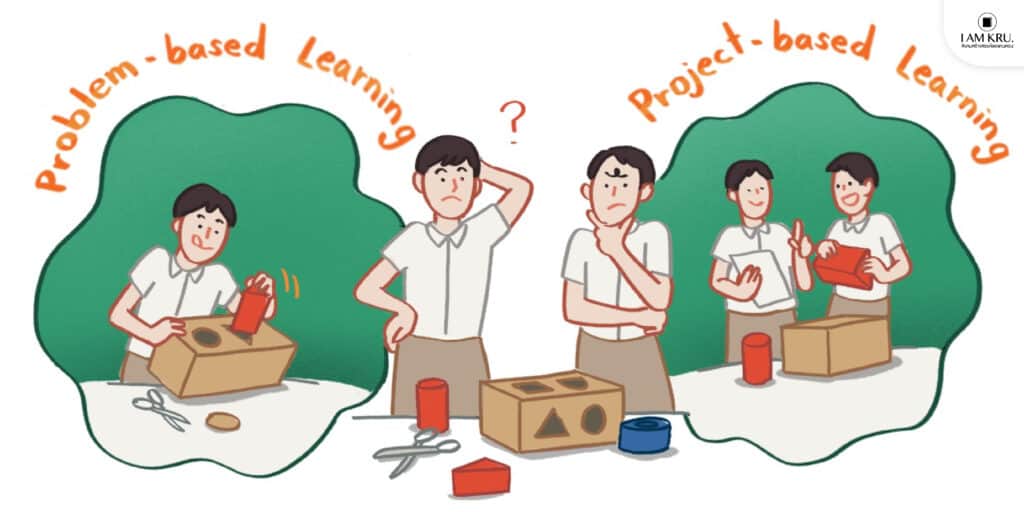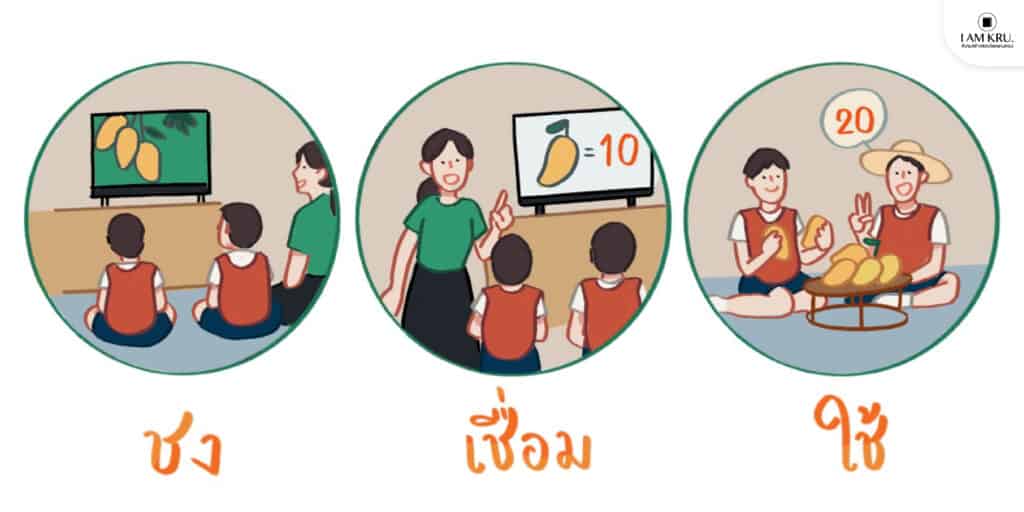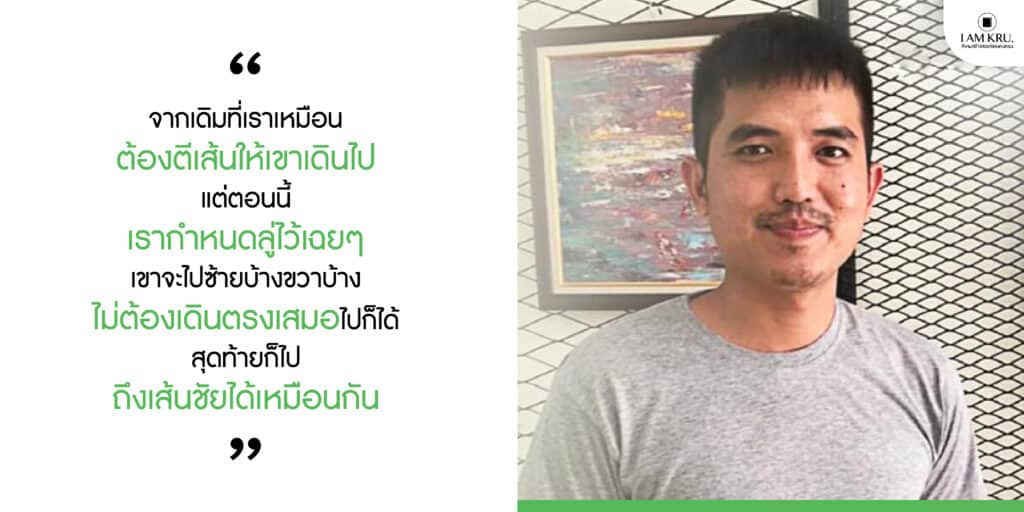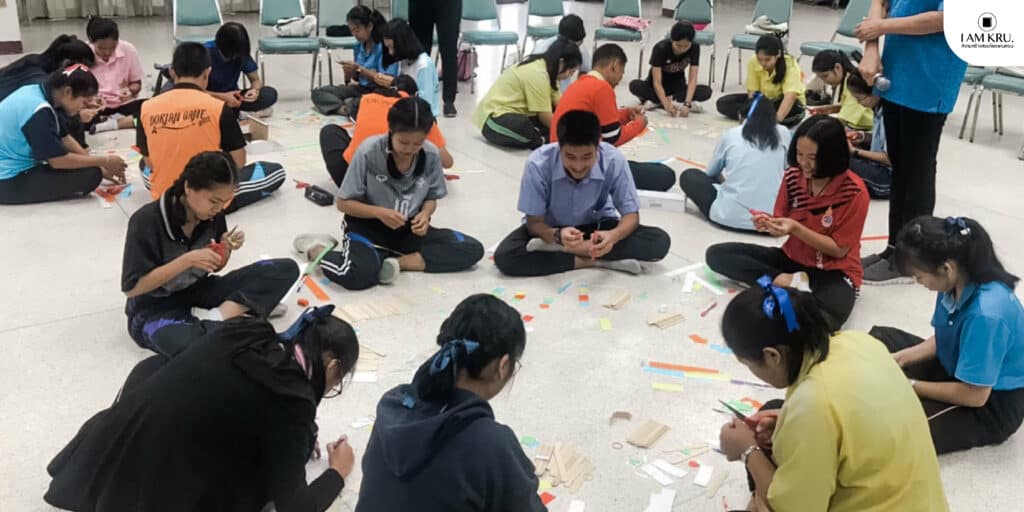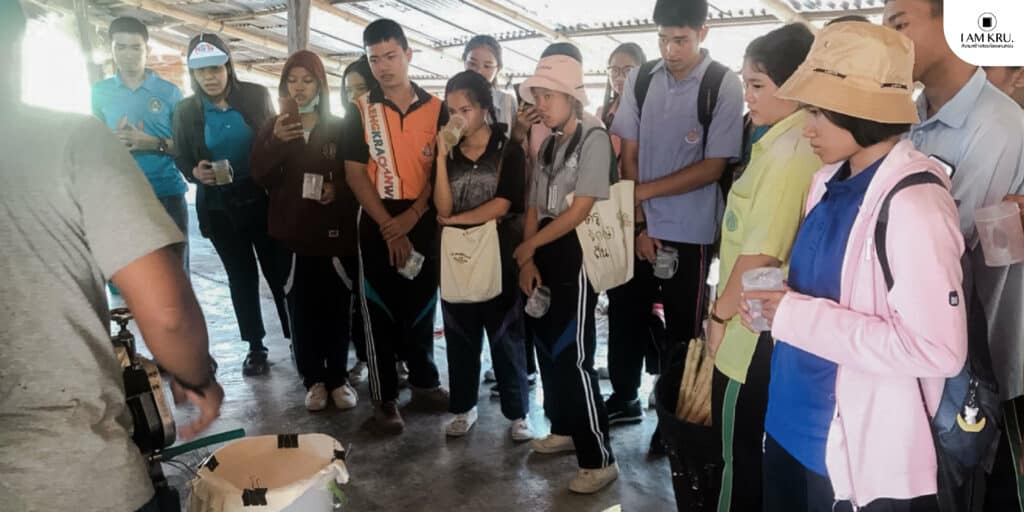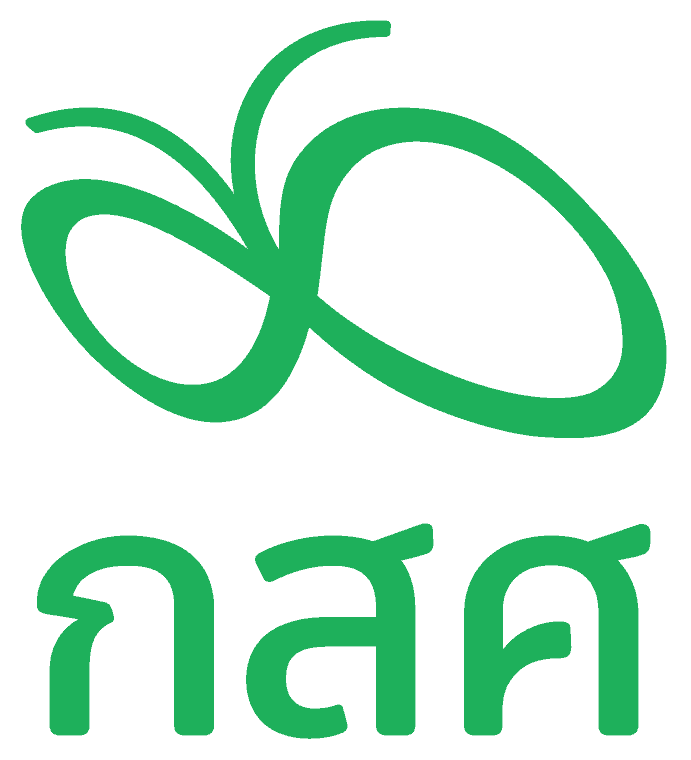“The essence of teaching lies in nurturing analytical thinking, not just rote learning in the classroom,” says Uthit Japin, a 6th-grade teacher at Ban Sam Kha School, Hua Suea, Mae Tha District, Lampang.
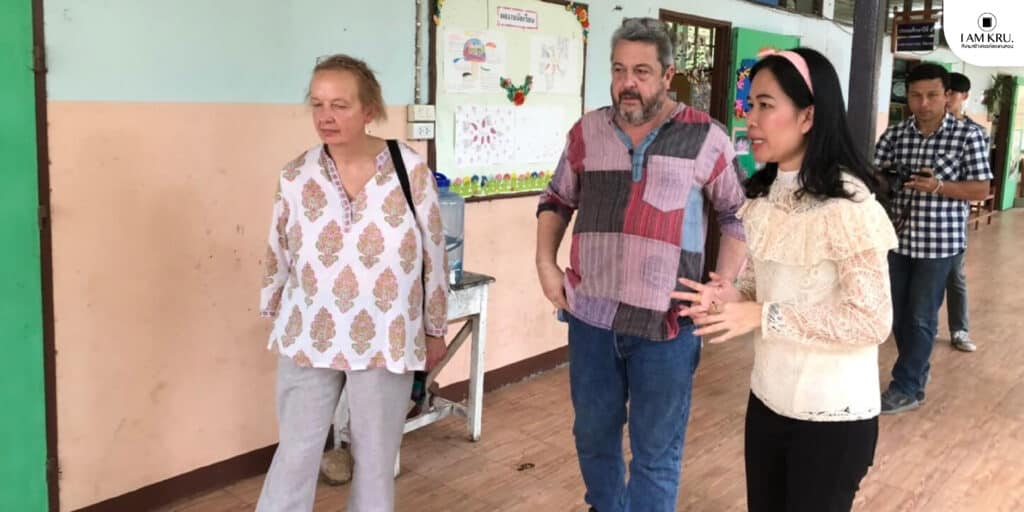
Developing students’ skills, particularly in analytical thinking and creativity, is increasingly prioritized by educational institutions today. When students possess these skills, they can apply classroom knowledge to great effect. In Thailand, a research project aimed at developing and assessing creative and analytical skills has emerged as a collaborative effort between the Equitable Education Fund (EEF), the Office of the Basic Education Commission (OBEC), and the Organisation for Economic Co-operation and Development (OECD), which maintains a network across numerous countries worldwide.
The project Involves working with Individual schools to enhance teaching systems through teacher training provided by OECD experts. After training, teachers apply the High Functioning Classroom model from the Active Learning process, encouraging learners to seek knowledge actively and develop skills through hands-on creation of knowledge.
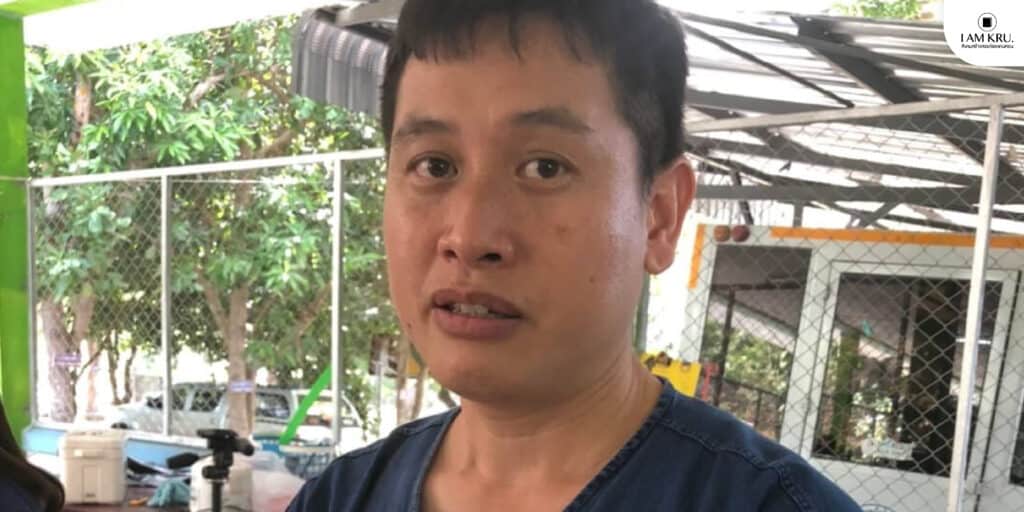
How has the OECD Curriculum Transformed Teaching Methods?
Ban Sam Kha School, located in Hua Suea, Mae Tha District, Lampang, is one of the institutions participating in the research project to develop and assess creative and analytical skills in the classroom. The school has engaged teachers in new teaching methods training and initiated the transformation of classrooms to more active student participation.
Teacher Too – Uthit Japin, a 6th-grade educator, shares his experience starting OECD’s new teaching method training about 2-3 years ago. The training taught how to foster creativity in children, allowing them to express it through projects that develop and enhance their potential. It’s about thinking outside the box, understanding the implications of actions, and learning to think step by step.
Teacher Too joined the course, recognizing the importance of analytical thinking in children’s learning. He emphasizes that in today’s society, teaching children to find solutions and solve problems when faced with challenges is crucial. Therefore, teaching must introduce ways of thinking across all subjects, as he teaches multiple subjects being a homeroom teacher. Integrating STEM education is also part of his approach; for example, when teaching about making sweets, he connects it to rice milling, demonstrating how much rice can be obtained from a certain amount of paddy. Everything is interwoven into the lessons to develop analytical thinking skills in students.
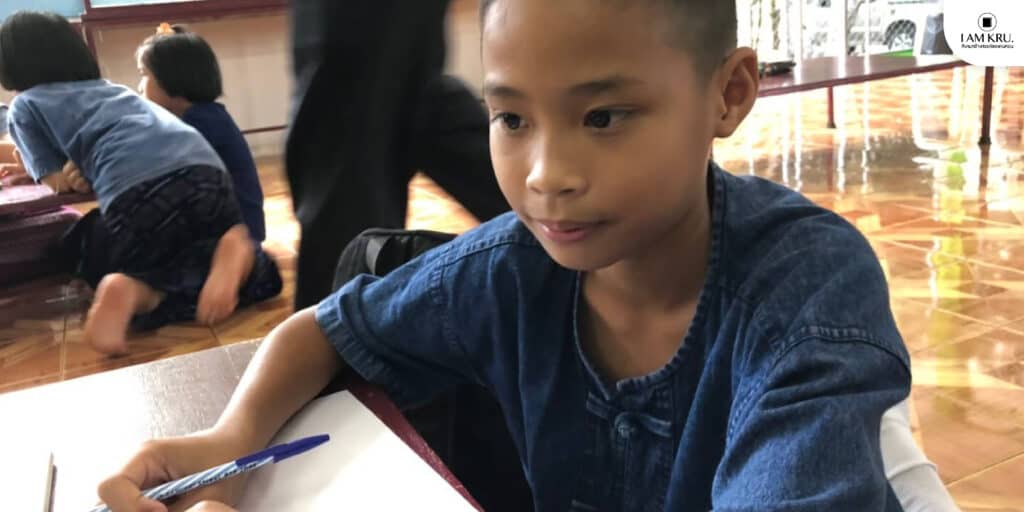
Students Excel and Enjoy Learning with OECD’s Methodologies
Teacher Too and other educators at Ban Sam Kha School have adapted teaching methods acquired from OECD training to their own students, starting with well-known tools like Mind Mapping. This helps students see the benefits and use it to develop their own thinking framework.
“Teaching methods from the OECD are proven successful. Initially, with Mind Mapping, we saw students writing brief, repetitive topics. But as learning progressed, we taught them to think, not just to do as told. We encouraged them to consider if they could approach it differently. Eventually, students began writing more extended, detailed, and comprehensive entries. The key lies in teaching them to think analytically, not just memorize in the classroom,” said Teacher Uthit Japin.
Thew – Teerasak Manokham, a 7th-grade student at Ban Sam Kha School, shares his experience with Mind Mapping activities. They start with a simple task, such as making sweets, and the mind map branches out into detailed subsections like materials needed, step-by-step methods, and nutritional values obtained.
“Each subsection is color-coded with illustrations for easy distinction, memory, and understanding. This method trains us to think about the steps we need to take, not just reading from textbooks. Teachers are there to guide, asking why certain methods are chosen and if there might be better alternatives. Overall, it’s more enjoyable than traditional learning methods, more memorable, and more applicable,”
detailed Thew.

Not Just Thinking, but a Step Towards Real Action
The Mind Mapping tool isn’t just used in Thew’s classroom but is also applicable to other developmental activities for learners. Oat – Jirayu Jantana, another 7th-grade student at Ban Sam Kha School, describes an off-site water damming activity from two years ago. Before construction, the teacher asked the students to start with Mind Mapping, considering various types of dams, the materials they’re made from, such as wood or stone, and the benefits of each choice. With the teachers’ guidance, the students’ individual maps were all unique. After becoming acquainted with dams through Mind Mapping, they were taken to the actual site for hands-on experience, which led to a swift and successful construction, enriching everyone’s knowledge.
The OECD project’s next goal is to spread these teaching methods to schools nationwide. Beyond the initial tools recommended by the OECD, participating schools should develop other tools for classroom use that meet their students’ needs and local context, adjusting these tools to activities to enhance analytical thinking and creative skills most effectively.
74
Writer

- เอื้อการย์ โรจนจิรไพศาล (มะแม้ว)
- นักเขียนผู้หลงรักการผจญภัยในเมือง ปรัชญาในชีวิตจริง และการไป Cafe Hopping ทั่วทุกมุมเมือง

